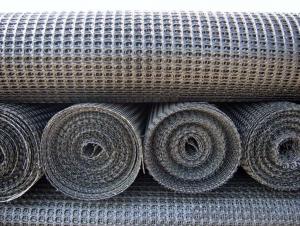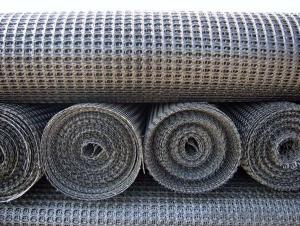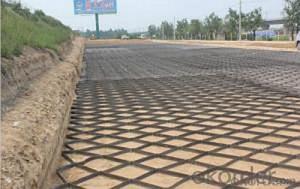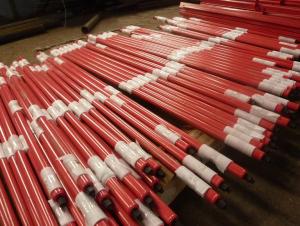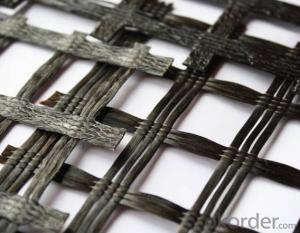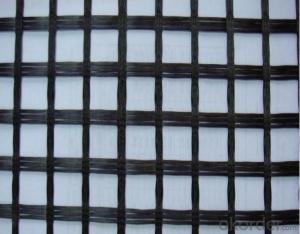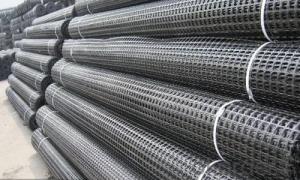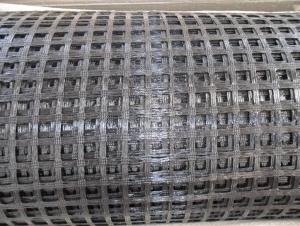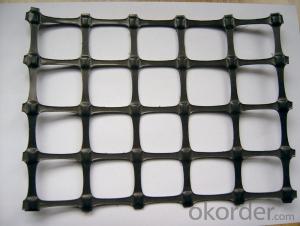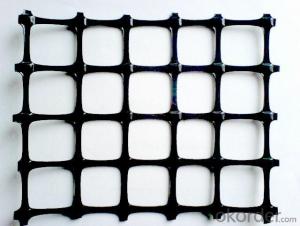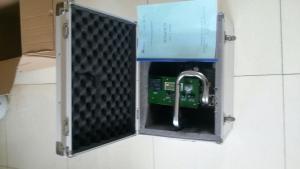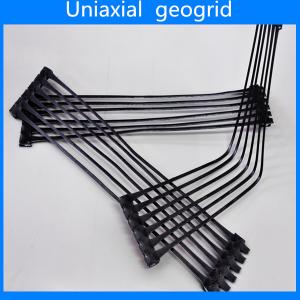Geogrid Viewer
Geogrid Viewer Related Searches
Geogrid Layer Geogrid Calculator Geogrid Machine Geogrid Maps Geogrid Gravel Geogrid Properties Laying Geogrid Geogrid Tbl Extruded Geogrid Geogrid Placement Landscaping Geogrid Geogrid Blocks Gravel Geogrid Vegetated Geogrid Geogrid Tensar Rx1200 Geogrid Geogrid Anchors Geogrid Parking Structural Geogrid Geostar Geogrid Geogrid Applications Bidirectional Geogrid Multiaxial Geogrid Grass Geogrid Geogrid Walls Geogrid Mat Geogrid Paving Geogrid Alternative Synthetic Geogrid Composite GeogridGeogrid Viewer Supplier & Manufacturer from China
Geogrid Viewer is a specialized software tool designed to provide users with a comprehensive and interactive visualization of geogrids, which are essential components in various civil engineering and construction projects. This software enables professionals to analyze and manipulate geogrid data, ensuring optimal design and performance of geosynthetic reinforcement systems. Geogrid Viewer is particularly useful in applications such as soil reinforcement, slope stabilization, and foundation support, where precise control over geogrid placement and configuration is crucial for project success.The Geogrid Viewer software is widely used in the civil engineering industry to facilitate the design and implementation of geogrid systems. It offers a user-friendly interface that allows engineers and contractors to easily input and modify geogrid parameters, such as tensile strength, aperture size, and orientation. This flexibility enables users to quickly adapt their designs to changing site conditions or specific project requirements. Additionally, the software's advanced visualization capabilities help users to better understand the behavior of geogrids under various loading scenarios, leading to more informed decision-making and improved project outcomes.
Okorder.com is a leading wholesale supplier of Geogrid Viewer software, offering a vast inventory to meet the diverse needs of customers in the construction and engineering sectors. As a reputable online platform, Okorder.com ensures that customers have access to high-quality Geogrid Viewer products at competitive prices. By partnering with trusted manufacturers and maintaining a large stock, Okorder.com guarantees prompt delivery and exceptional customer service, making it a reliable choice for businesses seeking to enhance their geogrid design and analysis capabilities.
Hot Products




